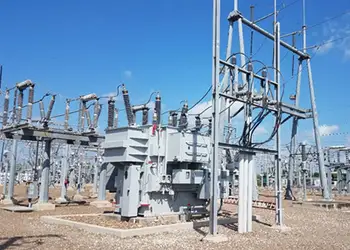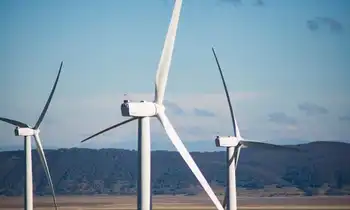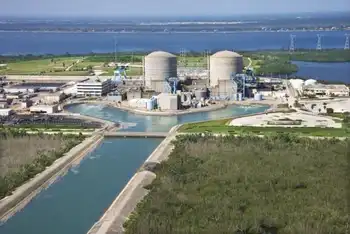New York inches closer to offshore wind farm
By Reuters
Substation Relay Protection Training
Our customized live online or in‑person group training can be delivered to your staff at your location.

- Live Online
- 12 hours Instructor-led
- Group Training Available
The Long Island Power Authority, the New York Power Authority, other agencies and Consolidated Edison Inc hope to build the 350 megawatt wind farm off the Rockaway Peninsula in the Atlantic.
Potentially, the project could be expanded to 700 MW, giving it a shot of being the biggest U.S. offshore wind farm. One megawatt powers about 1,000 homes in New York, but wind does not blow all of the time.
Taking stock of the interest of developers is a precursor to issuing a request for proposal for the project which is anticipated for release by the end of the year, the collaboration said.
"There clearly is growing interest in this proposal by many parties," Kevin Burke, chairman and CEO of Con Edison, said in a release.
"If the technical, environmental, economic and social challenges can be met, and we have the support of government, energy and environmental leaders, I am confident this project will be built and produce enormous benefits for our region," he said.
The group did not offer a price estimate for the project, but according to data from the U.S. Energy Information Administration, a work that size would cost about $1.35 billion to $2.7 billion.
Also, New York's state power authority said it had selected five firms to study the possibility of building an offshore wind farm on Lake Erie and Lake Ontario in western New York.
Such projects are consistent with New York Gov. David Paterson's "45 by 15" program, which establishes the goal for the state to meet 45 percent of its electricity needs through energy efficiency and renewable sources by 2015.
The Rockaway project would not be the first time a large wind farm was planned in the region.
The LIPA proposed the construction of a 40-turbine wind farm that would have produced 140 MW of energy off the shore of Jones Beach on the south shore of Long Island. The project was canceled in 2007 after estimates it would cost $800 million, more than double the initial estimate.











